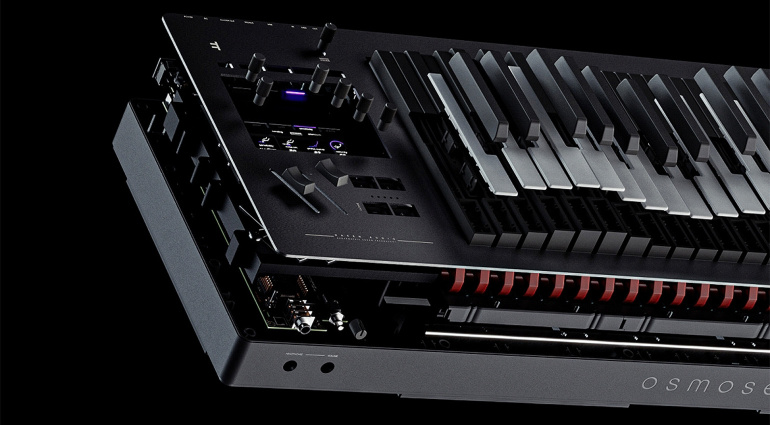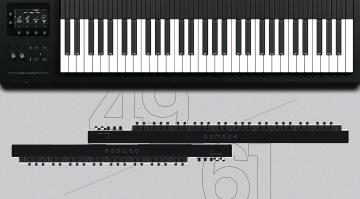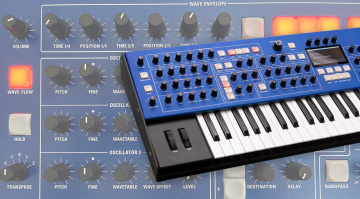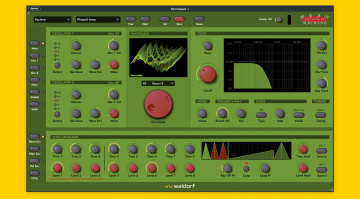5 of the Best Physical Modeling Synths
Boundary-pushing hardware synthesizers from Expressive E, Erica Synths, Behringer, Waldorf, and more!
Recreate the sounds of acoustic instruments – and maybe some that you’ve never heard before – with these incredible hardware physical modeling synths.
The Best Physical Modeling Synths
When it comes to synthesis, subtractive analog still largely rules the roost. Digital has plenty to offer, of course, but most digital synths tend towards analog modeling or wavetable, both types that can do a mean impression of analog. There’s another kind of synthesis, though, that doesn’t get nearly as much love but is capable of both striking acoustic realism and science fiction weirdness. I’m talking, of course, about physical modeling.
Physical modeling attempts to recreate the sound of acoustic instruments digitally. Think violins, pianos, and mallets. However, it doesn’t have to be realistic. You can model a network of springs, or build up a never-before-seen (or heard) instrument mathematically. It’s an exciting realm of synthesis that, because of processing requirements, tends to end up in software form. There are some wonderful hardware physical modeling synths available too, though, and that’s what we’re here to talk about today.
These are five of the best physical modeling synths on the market today. All of the instruments mentioned here are available at Thomann*.
The Best Physical Modeling Synths: Erica Synths Steampipe
Developed in collaboration between Erica Synths and Dutch company 112dB, Steampipe is a physical modeling synthesizer in desktop format designed to recreate wind and string instrument sounds. It offers eight voices of polyphony, a physical modeling engine with 32 adjustable parameters, five LFOs, a modulation matrix, and MPE.
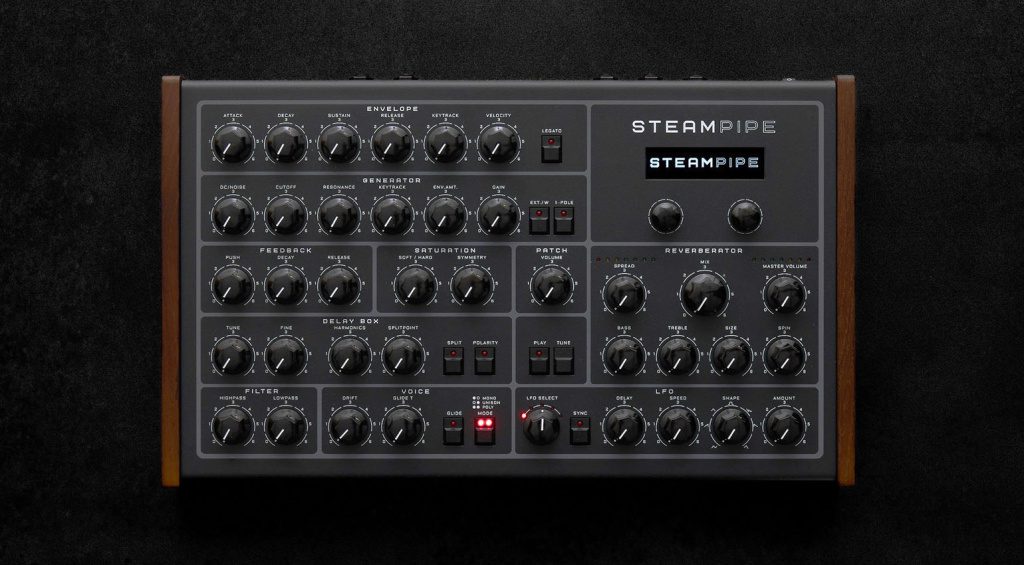
While it can do traditional instruments (and very well), Steampipe is also capable of some pretty out-there sounds, including massive industrial horns and ambient soundscapes. It also offers a wide range of playable notes, extending the range of normally limited physical instruments.


The Best Physical Modeling Synths: Expressive E Osmose
Osmose from Expressive E changed the way we think about keyboard playing. With its multiple ways to add nuance and expression, it’s something of a revelation for those used to simple, piano-style keyboards. However, that’s only part of the story. The EaganMatrix engine from Haken Audio serves as the instrument’s sound generator, and it’s a thing of beauty.

As part of its makeup, Osmose offers physical modeling, alongside virtual analog, FM, and granular synthesis, with the extended playing options that the instrument provides bringing sounds to life. While it might not scratch your itch if what you want is a dedicated physical modeling synth, Osmose sounds so good you might not even notice.
Available in 49- and 61-key versions.

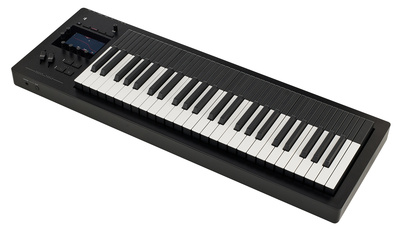

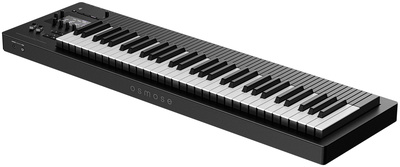
The Best Physical Modeling Synths: Waldorf Iridium
Another fully featured synth that includes physical modeling as part of its synthesis palette is Iridium, a trio of synthesizers from Waldorf that includes the original desktop Iridium, Iridium Keyboard, and the stripped down Iridium Core.

In terms of synthesis, Iridium blesses you with wavetables, virtual analog, sampling and granular, Kernels (which turn oscillators into groups of sub-oscillators), and a Resonator. It’s the latter that uses physical modeling, as it accepts exciters (either white noise or samples) and processes them through a bandpass filter to create plucked string or percussive sounds.
A recent update added MIDI 2.0 support as well, making the Iridium models attractive indeed.

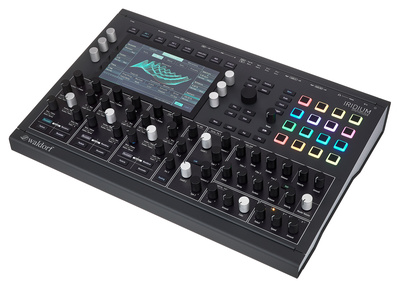




The Best Physical Modeling Synths: Behringer Halos
Continuing into the Eurorack realm, we come to Halos from Behringer, a clone of Mutable Instruments’ Rings. Physical modeling generally requires an exciter and a resonator to work. Think a mallet and hollow drum, or bow and resonating string and violin body. In the same way, Halos offers three resonator modes, Modal Resonator, Sympathetic Strings and Non-Linear/Dispersion Strings, which replicate strings, membranes, and tubes. You can use any signal to excite the resonators, including white noise, triggers or envelopes.
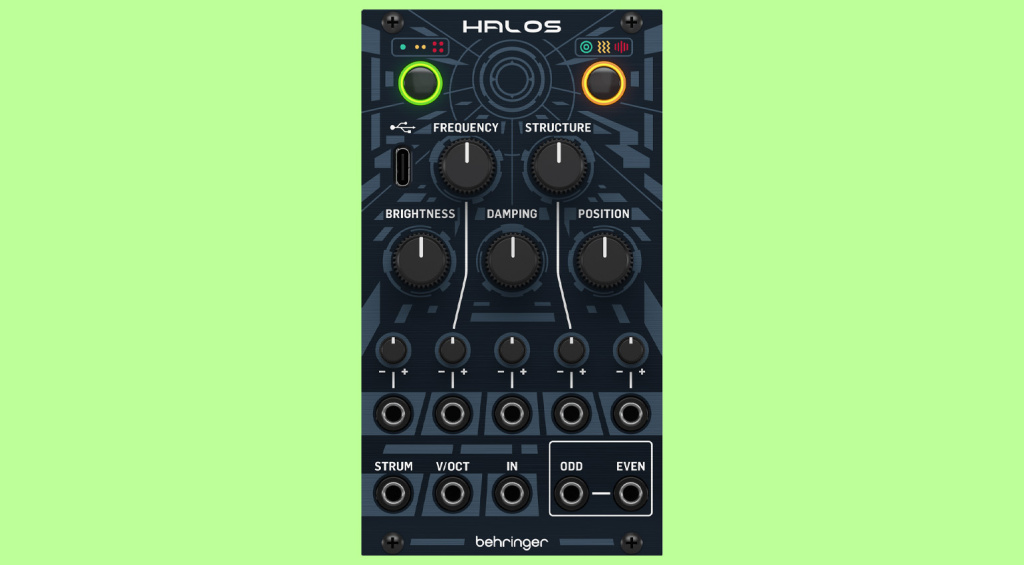
As with the original, Halos lets you choose the number of strings or structures (1, 2, or 4). Additionally, you have CV control over the Frequency, Structure, Brightness, Damping, and Position parameters.
If you’re into Eurorack and have 14HP to spare on your skiff, Halos is an affordable way to add physical modeling to your rig.


The Best Physical Modeling Synths: Intellijel and Applied Acoustic Systems Plonk
At the beginning of this story, I mentioned that most modern physical modeling synthesizers are software. One developer that offers a number of excellent physical modeling software synths is Applied Acoustic Systems, or AAS, whose Lounge Lizard series uses the synthesis technology to recreate electric pianos.
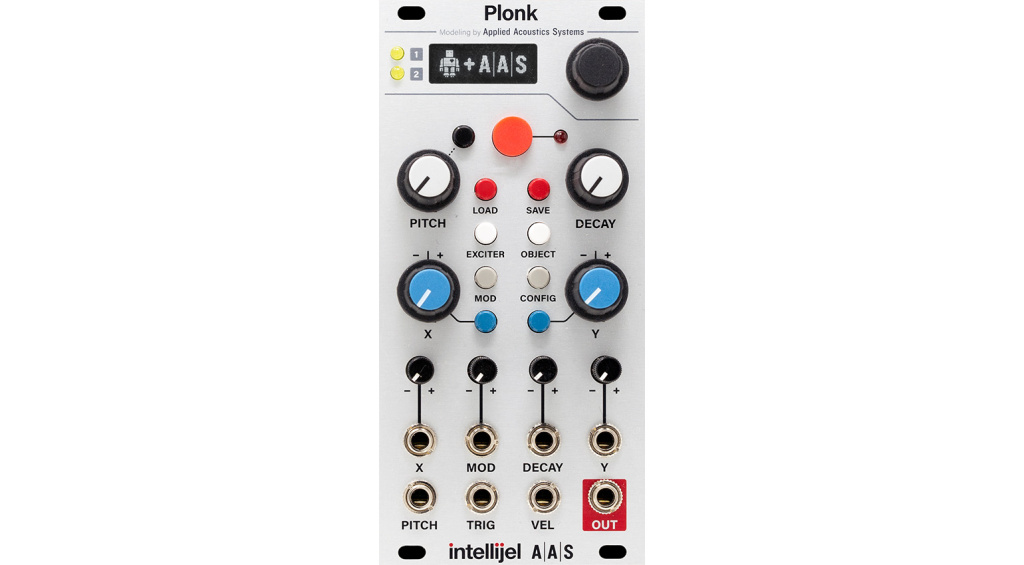
Physical modeling can also do percussion extremely well, too, as evidenced by Plonk, a Eurorack module developed in collaboration between AAS and Intellijel Designs. It’s got an Exciter section with a “realistic mallet model” and flexible noise source, and Object models of strings, beams, marimbas, drumheads, membranes, and plates. It also offers two-voice polyphony, presets with up to 128 slots, saturation and bitcrusher effects, and X, Y and Mod controls.


More Information
*Note: This article contains advertising links that help us pay for this site. Don’t worry: the price for you will always be the same! If you buy something through these links, we will receive a small commission. Thank you for your support!

